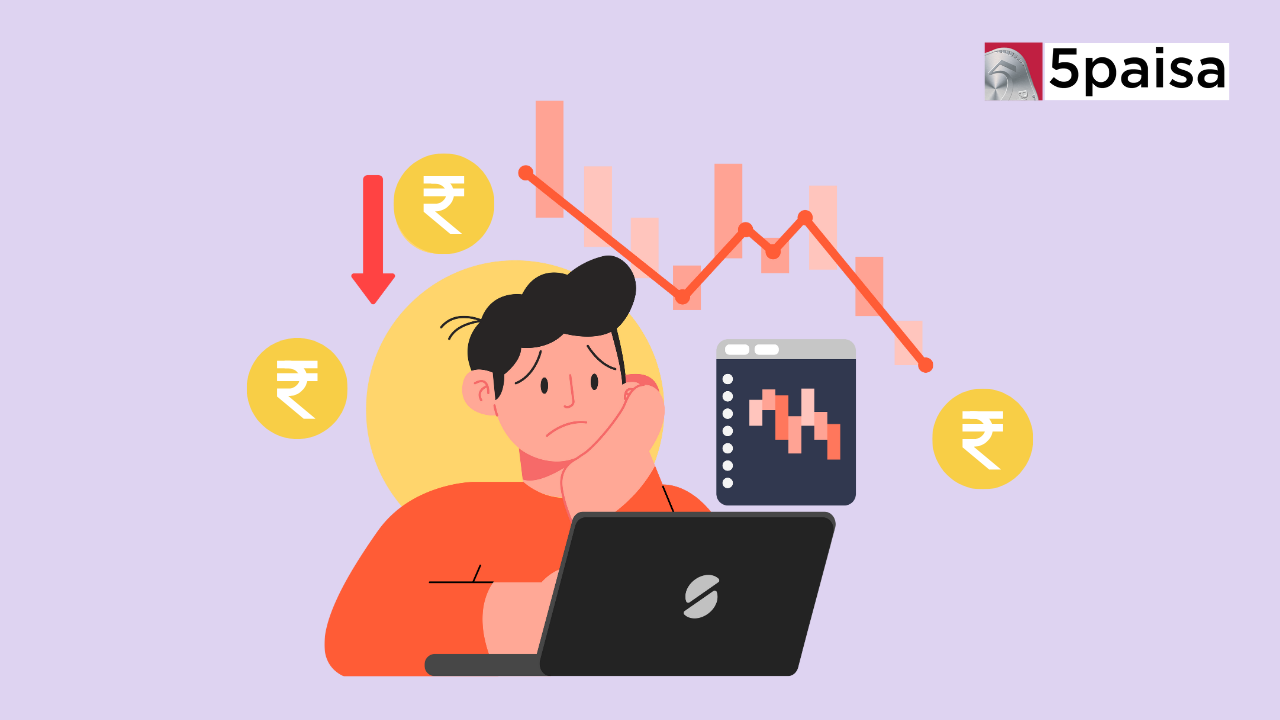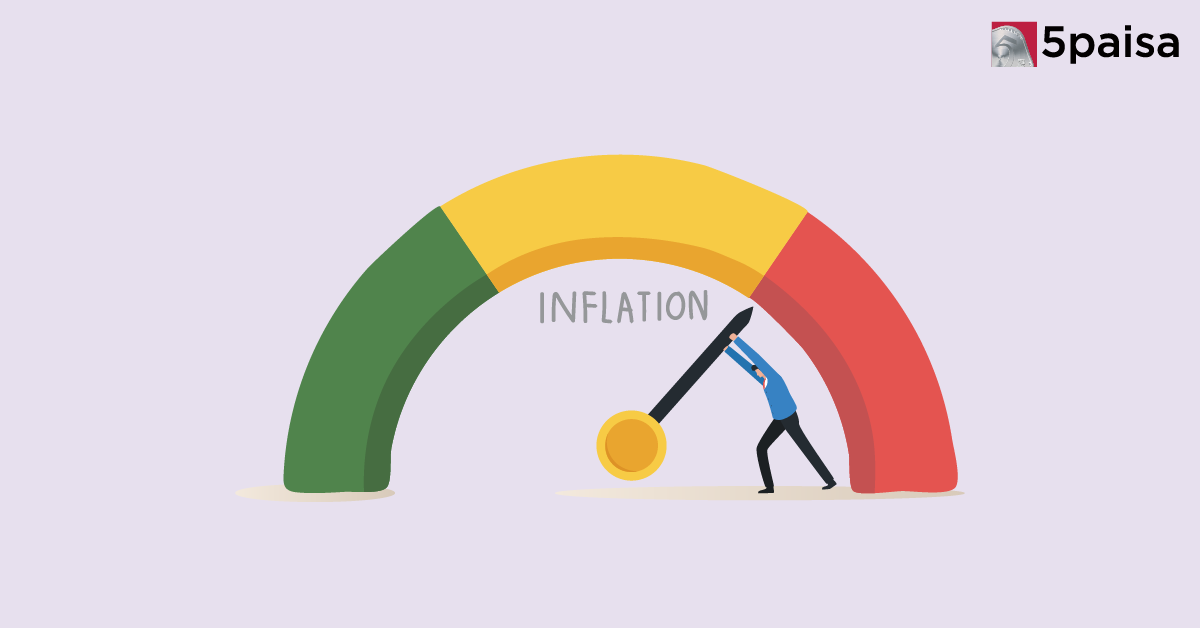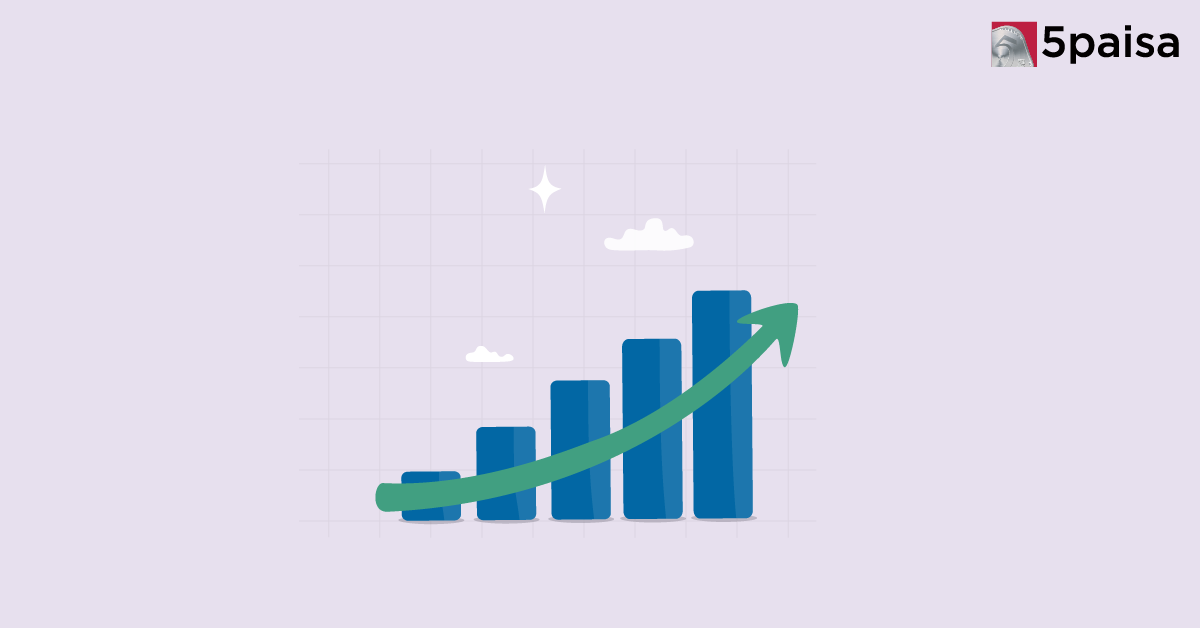Stocks That Offer Shareholder Perks in India
Reasons Behind Investors Losing Money in Futures & Options

Futures and options (F&O) trading can seem like an enticing way to make money in the stock market, but its complexity and inherent risks are often underestimated. While these financial instruments can offer great potential, they can also lead to significant losses, especially for beginners.
A recent report, released by SEBI revealed that 93% of individual traders lost money on equity F&O between FY22 and FY24. It also revealed that over the span of three years, total losses surpassed 1.8 lakh crores.
So, what causes so many traders to face setbacks in F&O trading? And more importantly, how can you protect your investments? In this article, let’s explore why many traders lose money in F&O , and share essential tips to navigate the world of F&O trading.
What Are Futures and Options Trading?
Futures and options are financial tools that get their value from another asset, like stocks, bonds, commodities, or currencies. A futures contract is an agreement to buy or sell an asset at a set price on a specific future date. Options give the owner the choice, but not the requirement, to buy or sell an asset at a certain price within a specified time frame.
Futures and options (F&O) trading is like speculating on a stock’s price movement in the future. In futures trading, you agree to buy or sell a stock at a set price, no matter what the market does. If the price moves in your favor, you profit; if not, you face a loss.
Options provide greater flexibility. You can purchase the option to buy or sell a stock at a designated price, but you’re not obligated to. You only lose a small fee you paid if the market doesn’t move in your favour.
How Do Futures and Options Differ from Traditional Stock Investing?
While traditional stock investing involves buying and holding company shares with the expectation of long-term capital appreciation, futures and options trading primarily focus on short-term price movements and speculation. These derivative instruments offer leverage, meaning that investors can control a larger position with a smaller initial investment than direct ownership of the underlying asset.
However, this leverage also amplifies potential gains and losses, making futures and options trading inherently riskier than traditional stock investing. Additionally, futures and options contracts have expiration dates, which introduce time constraints and the risk of losing the entire investment if the desired price movement does not occur before expiration.
Why Do Investors Often Lose Money in Futures and Options Trading?
There are several reasons why investors may suffer losses when trading futures and options, here are 10 reasons why investors may suffer losses when trading futures and options:
Insufficient Knowledge: Many investors start trading futures and options without fully understanding how they work. This can lead to mistakes and big losses because they don’t have the necessary knowledge to make informed decisions.
Time decay (Theta): Options contracts have a limited lifespan, and as they approach expiration, their time value erodes rapidly. If the underlying asset's price doesn't move in the desired direction quickly enough, options buyers can incur significant losses due to time decay.
Lack of price movement (low volatility): Options offer leverage, so even small price changes in the underlying asset can result in significant gains or losses. If the asset's price stays stable or changes very little, options buyers might lose money, especially if they have paid a premium for the options.
Market Volatility: The futures and options markets are known for their high volatility, meaning prices can change rapidly and unpredictably. If you happen to be on the wrong side of one of these price swings, you can lose a tremendous amount of money in a very short amount of time.
Failing to achieve the strike price (out-of-the-money): For options to be profitable, the underlying asset's price must move in the expected direction and cross the strike price (in-the-money). If the price fails to do so, the options may expire worthless, resulting in a complete loss of the premium paid.
Emotional Trading: Emotions like fear and greed can push you to make poor decisions in the market. For example, panic selling when the market drops or overtrading in an attempt to recover losses can backfire, leading to even bigger financial setbacks.
Overpaying for options (high premiums): Options premiums can be influenced by factors such as volatility, time to expiration, and the distance between the current asset price and the strike price. If options buyers pay a high premium, they may need a larger price movement in the underlying asset to offset the premium cost and achieve profitability.
Transaction costs: Trading futures and options involve transaction costs, including commissions and fees. These costs can eat into potential profits and make it more challenging to achieve profitability, especially for small price movements.
Unforeseen events: Unexpected events, such as news releases, earnings reports, or economic developments, can lead to sudden and sharp price movements in the underlying asset. Investors can lose money if they do not anticipate or react to these events effectively.
Holding options until expiration: If investors hold their options contracts until expiration and they are out-of-the-money (i.e., the underlying asset's price has not moved in their favour), the options will expire worthless, resulting in a total loss of the premium paid.
Lack of a clear strategy: Successful futures and options trading requires a clear, well-defined strategy. Without a plan or risk management in place, investors may make impulsive decisions that result in losses. Some traders also use complex strategies without fully understanding how they work. While there are many strategies available, it's crucial to learn how each one functions before applying them to your trades.
Minimising Futures and Options Trading Losses
While losses are an inherent part of trading, there are strategies and techniques that investors can employ to minimise and mitigate potential losses while futures and options trading:
Position sizing: Determine the appropriate position size for each trade based on your risk tolerance and overall portfolio size. Avoid overcommitting to a single trade, as this can amplify potential losses.
Use stop-loss orders: Stop-loss orders are designed to minimise potential losses. When a specific price is reached, a stop-loss order will automatically execute an exit from the trade if it moves against you, helping to prevent significant losses.
Implement risk-defined strategies: Consider using risk-defined options strategies, such as vertical spreads, iron condors, or butterflies. These strategies limit your potential losses to a known and manageable amount.
Avoid naked options: Naked (uncovered) options positions have unlimited risk. Stick to strategies involving buying and selling options, which can help offset potential losses.
Monitor and adjust: Monitor your futures and options positions and be prepared to adjust or exit trades if market conditions change. Have a plan for managing losing positions.
Consider implied volatility: Pay attention to implied volatility levels. High implied volatility can lead to inflated options premiums, making it more challenging to profit. Consider selling options when implied volatility is high and buying when low.
Manage time decay: When trading options, be mindful of time decay (theta). If options are out of the money, avoid holding them until expiration, as time decay accelerates as expiration approaches.
Avoid speculation: Avoid purely speculative trading without a well-reasoned strategy. Make informed decisions based on analysis, not emotions or hunches.
Conclusion
While futures and options trading offer opportunities for potential profits, they also carry significant risks. But hope often keeps traders returning to the market. As losses pile up, many cling to the belief that a fresh trade can help them recoup those losses, or even bring them big profits.
SEBI has ramped up its oversight of F&O trading following a surge in retail investor participation and the rising risks involved. In July 2024, SEBI Chairperson Madhabi Puri Buch revealed that households are losing up to ₹60,000 crore annually in F&O trading.
To address this, SEBI has proposed measures such as increasing the minimum contract size, reducing weekly options contracts, requiring upfront collection of premiums, and limiting the number of strike prices on expiry day. These measures aim to protect retail investors by reducing excessive risk and curbing speculative trading through stricter regulations.
Frequently Asked Questions
What Role Does Market Volatility Play in Causing Losses for Futures and Options Traders?
How Can Investors Protect Themselves Against Unexpected Market Movements When Trading Futures and Options?
Can You Provide Examples of Successful Risk Management Techniques Used by Experienced Futures and Options Traders?
Some successful risk management techniques used by experienced futures and options traders include:
● Hedging: Using futures or options contracts to offset the risk of an existing position in the underlying asset.
● Diversification: Spreading investments across different asset classes, sectors, or strategies to reduce overall portfolio risk.
● Position sizing: Determining the appropriate position size based on risk tolerance and account size and avoiding over-leveraging.
● Stop-loss orders: Setting predetermined exit points to limit potential losses.
● Trailing stop-loss orders: Adjusting stop-loss orders as the trade moves in your favour to lock in profits.
● Risk-defined strategies: Implementing strategies with defined risk and reward parameters, such as option spreads or covered calls.
By incorporating these and other risk management techniques, experienced traders aim to minimise potential losses while maximising their chances of success in the futures and options markets.
- Flat ₹20 Brokerage
- Next-gen Trading
- Advanced Charting
- Actionable Ideas
Trending on 5paisa
Indian Stock Market Related Articles
Disclaimer: Investment in securities market are subject to market risks, read all the related documents carefully before investing. For detailed disclaimer please Click here.

 5paisa Capital Ltd
5paisa Capital Ltd




